08 Dec 1948
Seven More Stations
A film about the expansion of the Central Line beyond Stratford.
An avant-garde sonic and visual reediting of a short clip from the classic 1962 film "To Kill a Mockingbird".
08 Dec 1948
A film about the expansion of the Central Line beyond Stratford.
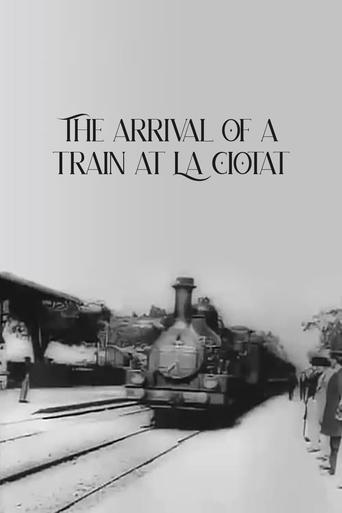
30 Jun 1896

A group of people are standing along the platform of a railway station in La Ciotat, waiting for a train. One is seen coming, at some distance, and eventually stops at the platform. Doors of the railway-cars open and attendants help passengers off and on. Popular legend has it that, when this film was shown, the first-night audience fled the café in terror, fearing being run over by the "approaching" train. This legend has since been identified as promotional embellishment, though there is evidence to suggest that people were astounded at the capabilities of the Lumières' cinématographe.

01 Jan 2013

Little Monsters presents some of the animal kingdom’s strangest survival strategies: poison dart frogs, chameleons, praying mantises and scorpions, to name but a few. Thanks to 3D visualization, large audiences can experience a chameleon thrusting out its tongue at close range, rattle- snakes striking at their targets to within fractions of an inch, praying mantises hunting and hummingbirds feeding, filmed from inside the flower! And with its ingenious combination of slow-motion 3D and timelapse 3D, “Little Monsters” even improves upon state of the art 3D for greater impact, yielding unbelievable scenes the world has never seen and “felt” before.
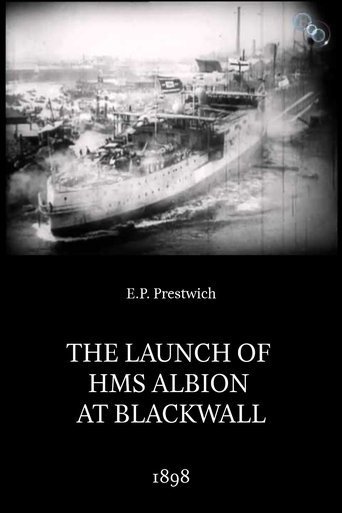
30 Sep 1898

The film documents the launch of HMS Albion at Blackwall on the 21st of June, 1898—an event that was witnessed by 30,000 onlookers, 37 of whom lost their lives when the jetty upon which they were standing became washed away by the resultant swell.
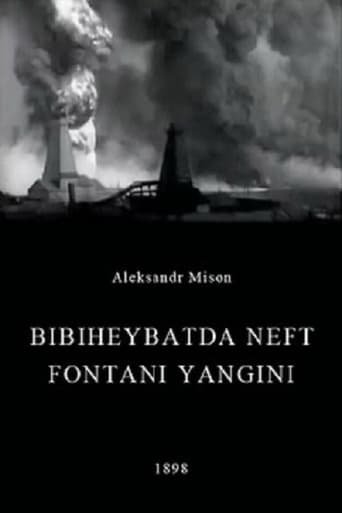
02 Aug 1898

The film was filmed in Bibi-Heybat, a suburb of Baku (now the capital of Azerbaijan), during a fire at the Bibi-Heybat oil field. The film was shot on 35mm film by the Lumiere brothers in 1898. On August 2 of the same year, a demonstration of Alexander Michon's program took place, which included the film "Fire at an oil fountain in Bibiheybat".
01 Jan 1952
A day in the life of a train station.
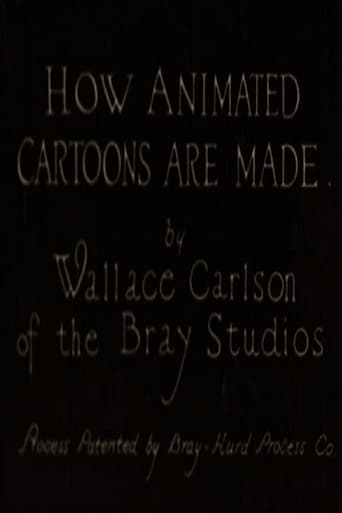
06 Sep 1919

Wallace Carlson walks viewers through the production of an animated short at Bray Studios.
09 Oct 1899
No overview found
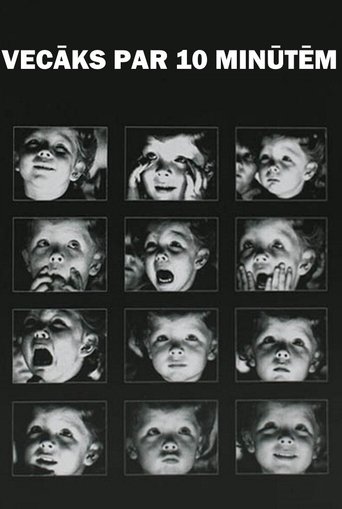
11 May 1978

A 10 minute long journey of emotions that befall children faces. Fear, Curiosity; a Smile. They all sit in a dark theater. What they see, we don't; we can only guess from their faces.
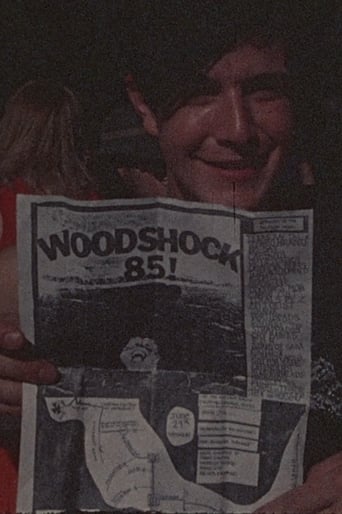
30 Jun 1985

It's just a simple stretch of interviews and images capturing the people who camp out, dope up, drink up, sometimes get naked, and jump into a nearby waterfall, whilst listening to musicians like Daniel Johnston.
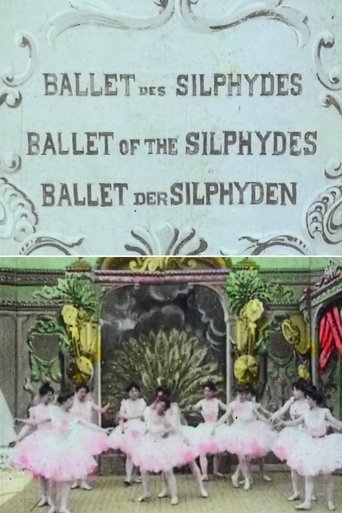
17 Jul 1902

This is a short, simple ballet performance. Colors are used here, but the print is quite badly damaged.
03 Jul 1903
Made in 1903, Eccentric Waltz showcases an exhibition by dancers Boldoni and Solinski, residents at the famous Eldorado cabaret in the Boulevard de Strasbourg in Paris. The lavish stencil colouring emphasises the woman's swirling skirt. (BFI)
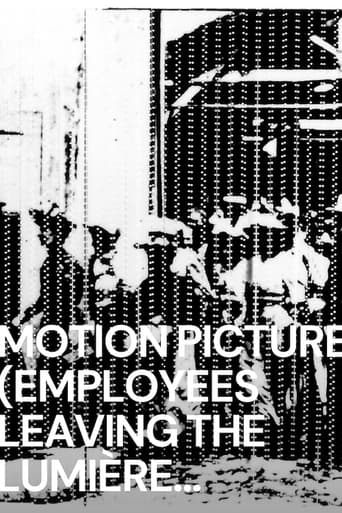
01 Jan 1984

In the darkroom, 50 unexposed film strips were laid across a surface, upon which a frame of "La sortie des ouvrier de l'usine Lumière" was projected. The stringing together of the individual developed sections make up the new film, which reads the original frame like a page from a musical score: within the strips from top to bottom and sequentially from left to right.
11 Jan 1902
This picture was taken from the front end of a train during a trip from the famous Cliff House to Bakers Beach along the shore of the Golden Gate. The train runs along the brink of the cliff and gives a perfect representation of the objects that meet the eye prior to entering the Golden Gate. One of the features of this picture is the stirring ride along the very edge of the cliff, the track being laid in places within a foot of the brink, and far below can be seen the huge breakers dashing against the foot of the cliff. (Edison Catalog)
22 Jan 1902
Taken while ascending some 2,000 yards into the clouds, and represents a most diversified view of the city of San Francisco, the Golden Gate, Pacific Ocean, and surrounding country for miles. The huge balloon from which this picture was taken is 75 feet in diameter, 250 feet in circumference and about 105 feet high, and it requires some 150,000 feet of gas to raise it from the ground.
22 Jun 1902
A man and a woman, both dressed in rough clothing, go around and around, half dancing and half wrestling, until they tumble to the ground in a heap. The Apache dance was named not after the Indians of the American Southwest, but the lower class demimondaines of Paris. Acts like this were popular because they permitted their audiences to go slumming, attending events that looked and seemed risky but in truth were not. Acts like this were part of the reason that public dancing was often seen as disreputable. Polite society restricted their dancing to private parties where dances like the waltz and polka -- which had been shocking half a century earlier -- were performed. It would take the influence of Vernon and Irene Castle and the rise of night clubs during Prohibition to make public dancing respectable again. In the meantime, there's this. It's not very graceful.
14 Jul 1899
A young woman in traditional Japanese attire fixes her hair and kimono while her servants assist her.
01 Jan 1899
A group of riders demonstrate equestrian vaulting, or voltige, on the outskirts of Prague.
01 Jan 1900
A panoramic shot, making a full circle, at the 1900 Paris Exposition. It begins and ends looking at the front of the Palace of Electricity. As it pans, first we see a workman hosing down the promenade. Men and women walk past, all wearing hats. We see the base of the Eiffel Tower, which the Palace faces. A couple strolls. A mother and daughter walk passed, father is slightly ahead wearing a boater. Three men in uniform walk toward the camera as it comes to a stop facing the Palace.
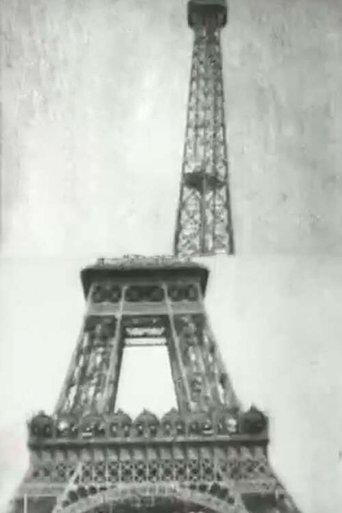
01 Jan 1900

“Showing the entire height of this wonderful structure from the base of the dome and return, with the great Paris Exposition in the background, looking down Champs de Mars. A most realistic picture.” According to Edison film historian Charles Musser, this film features the first camera tilt among the company's surviving oeuvre.